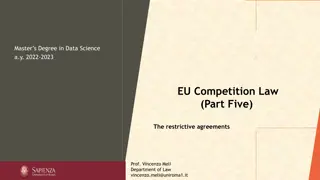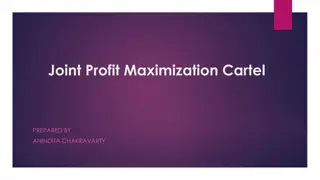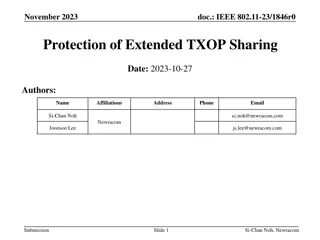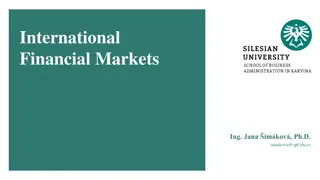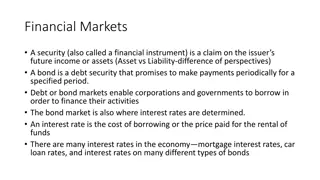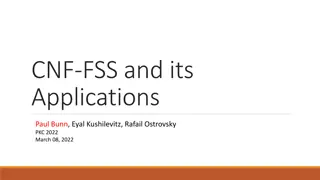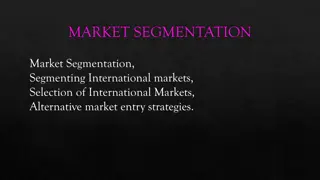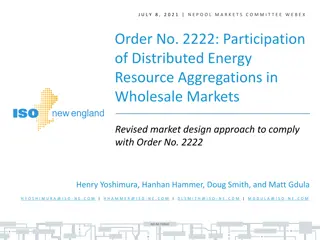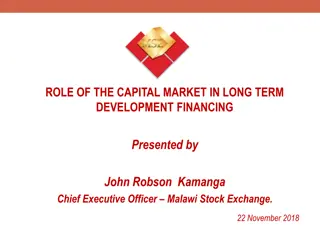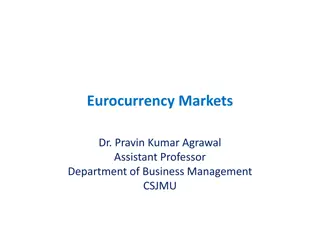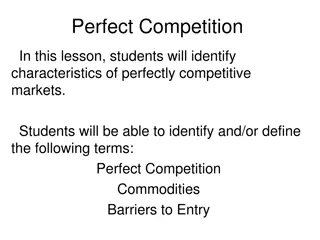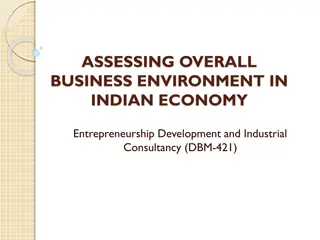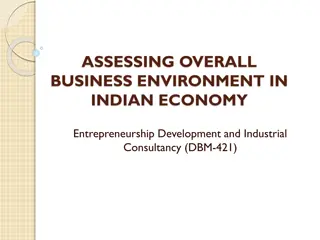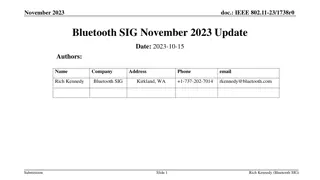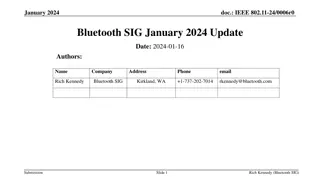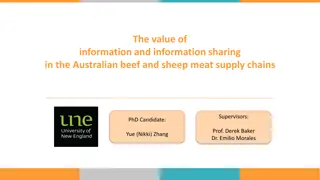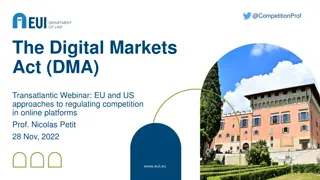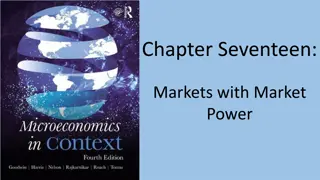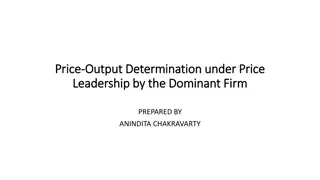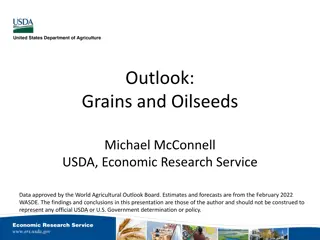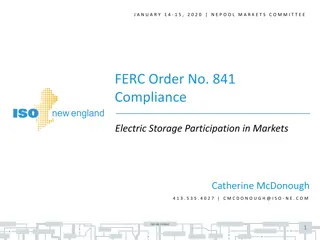Understanding Market Sharing Cartel in Oligopolistic Markets
Market sharing cartels in oligopolistic markets involve firms entering agreements to share the market while retaining some autonomy in their operations. Two main methods are non-price competition and quota systems. Non-price competition involves firms agreeing on a common price to maintain profits while competing on non-price factors. Quota systems entail firms sharing the market equally to maximize profits. Assumptions and a market sharing solution are also discussed.
Download Presentation

Please find below an Image/Link to download the presentation.
The content on the website is provided AS IS for your information and personal use only. It may not be sold, licensed, or shared on other websites without obtaining consent from the author. Download presentation by click this link. If you encounter any issues during the download, it is possible that the publisher has removed the file from their server.
E N D
Presentation Transcript
MARKET SHARING CARTEL PREPARED BY ANINDITA CHAKRAVARTY
INTRODUCTION Another type of perfect collusion in an oligopolistic market is found in practice which relates to market-sharing by the member firms of a cartel. The firms enter into a market-sharing agreement to form a cartel but keep a considerable degree of freedom concerning the style of their output, their selling activities and other decisions. There are two main methods of market-sharing: (a) Non-price competition; and (b) Quota system. They are discussed as under:
(a) Non-Price Competition Cartel: Under this type of cartel, the low-cost firms press for a low price and the high-cost firms for a high price. But ultimately, they agree upon a common price below which they will not sell. Such a price must allow them some profits. The firms can compete with one another on a non-price basis by varying the colour, design, shape packing etc. of their product and having their own different advertising and other selling activities. This type of cartel is inherently unstable because if one low-cost firm cheats the other firms by charging a lower price than the common price, it will attract the customers of other member firms and earn larger profits. When other firms come to know of this, they will leave the cartel. A price war will start and ultimately the lowest-cost firm will remain in the industry.
(b) Market Sharing by Quota Agreement The second method of market sharing is the quota agreement among firms. All firms in an oligopolistic industry enter into collusion for charging an agreed uniform price. But the main agreement relates to the sharing of the market equally among member firms so that each firm gets profits on its sales.
ASSUMPTIONS 1. Only two firms can enter into market-sharing agreement on the basis of the quota system. 2. Each firm produces and sells a homogeneous product which is a perfect substitute for each other. 3. The number of buyers is large. 4. The market demand curve for the product is given and known to the cartel. 5. Each firm has its own demand curve having the same elasticity as that of the market demand curve. 6. Both firms share the market equally. 7. Cost curves of the two firms are identical. 8. There is no threat of entry by new firms. 9. Each sells the product at the agreed uniform price.
EXPLANATION OF THE DIAGRAM With the given assumptions, the equal market sharing between the two firms is explained in Figure where D is the market demand curve and D/MR is its corresponding MR curve. MC is the aggregate MC curve of the industry. The MC curve intersects the D/MR curve at point E which determines QA (= OP) price and total output OQ for the industry. This is the monopoly solution in the market-sharing cartel. How will the industry output be shared equally between the two firms? Let us assume that the D/MR is the demand curve of each firm and mr is its corresponding MR curve. AC and MC are their identical cost curves. The MC curve intersects the mr curve at point e so that the profit maximization output of each firm is Oq. Since the total output of the industry is OQ which is equal to 2 x Oq = (OQ = 20q), it is equally shared by the two firms as per the quota agreement. Thus each sells Oq output at the same price qB (= OP) and earns RP per unit profit. The total profit earned by each firm is RP x Oq and by both is RP x 20q or RP x OQ. In practice, there are more than two firms in an oligopolistic industry which do not share the market equally. Moreover, their cost curves are also not identical. In case their cost curves differ, their market shares will also differ. Each firm will charge an independent price in accordance with its own MC and MR curves. They may not sell the same quantity at the agreed common price. They may be charging a price slightly above or below the profit maximisation price depending upon its cost conditions. But each will try to be nearest the profit maximisation price. This will lead to the breaking up of the market sharing agreement.
In our next class we will discuss Price Leadership Model THANK YOU




